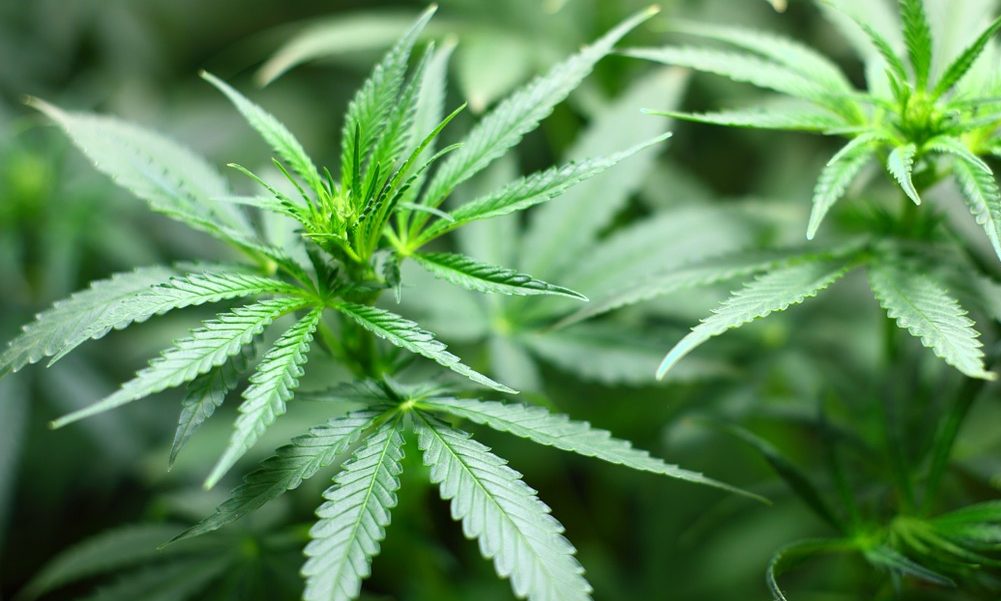Science & Health
The Feds Want Researchers To Study ‘Minor’ Cannabinoids And Terpenes In Marijuana

Tetrahydrocannabinol (THC)—the marijuana compound known for getting you high—is the most well-know cannabis constituent. In recent years, cannabidiol (CBD) has garnered attention for its non-intoxicating medicinal properties.
Now, the federal government is recruiting researchers to investigate how the dozens of other lesser-known cannabinoids and terpenes work and whether they can treat pain.
It’s going to be a weighty task for any interested parties. There are more than 110 known cannabinoids and 120 terpenes, very few of which have been extensively studied. The federal research project will cover all “minor cannabinoids,” which is defined as anything other than THC, according to a pair of funding notices published by the National Center for Complementary and Integrative Health this week.
“The mechanisms and processes underlying potential contribution of minor cannabinoids and terpenes to pain relief and functional restoration in patients with different pain conditions may be very broad,” the notices state. “This initiative encourages interdisciplinary collaborations by experts from multiple fields—pharmacologists, chemists, physicists, physiologists, neuroscientists, psychologists, endocrinologists, immunologists, geneticists, behavioral scientists, clinicians, and others in relevant fields of inquiry.”
Numerous studies have established that ingredients in marijuana such as THC and CBD effectively treat various types of pain. There’s also some evidence that other cannabinoids and terpenes contribute to the therapeutic efficacy of cannabis, working synergistically to bolster the plant’s overall benefits—a phenomenon called the “entourage effect.”
But there’s still a lot of work to be done to fully understand the mechanisms through which each cannabinoid and terpene influences pain. If researchers can pinpoint which ingredients are best suited for pain relief, it could inform new therapies. For example, there’s evidence that certain cannabinoids can enhance the pain-relieving effects of opioids, the notice states, so discovering exactly which ones achieve that end can hypothetically help patients take lower doses of addictive painkillers.
“The development or identification of novel pain management strategies is a high priority and unmet need. Natural products have historically been a source of novel analgesic compounds developed into pharmaceuticals (e.g., willow bark to aspirin). A growing body of literature suggests that the cannabis plant may have analgesic properties; however, research into cannabis’s potential analgesic properties has been slow.”
In addition to CBD, the feds say they are particularly interested in research on the following compounds: cannabigerol (CBG), cannabinol (CBN), cannabichromene (CBC), myrcene, ß-caryophyllene, limonene, a-terpineol, linalool, a-phellandrene, a-pinene, ß-pinene, terpinene and a-humulene.
The estimated deadline to submit an application for research funding is March 8, 2019.
Legal Marijuana Helps Reduce Opioid Harms, Two More New Studies Reveal




